Me and the Leica M8
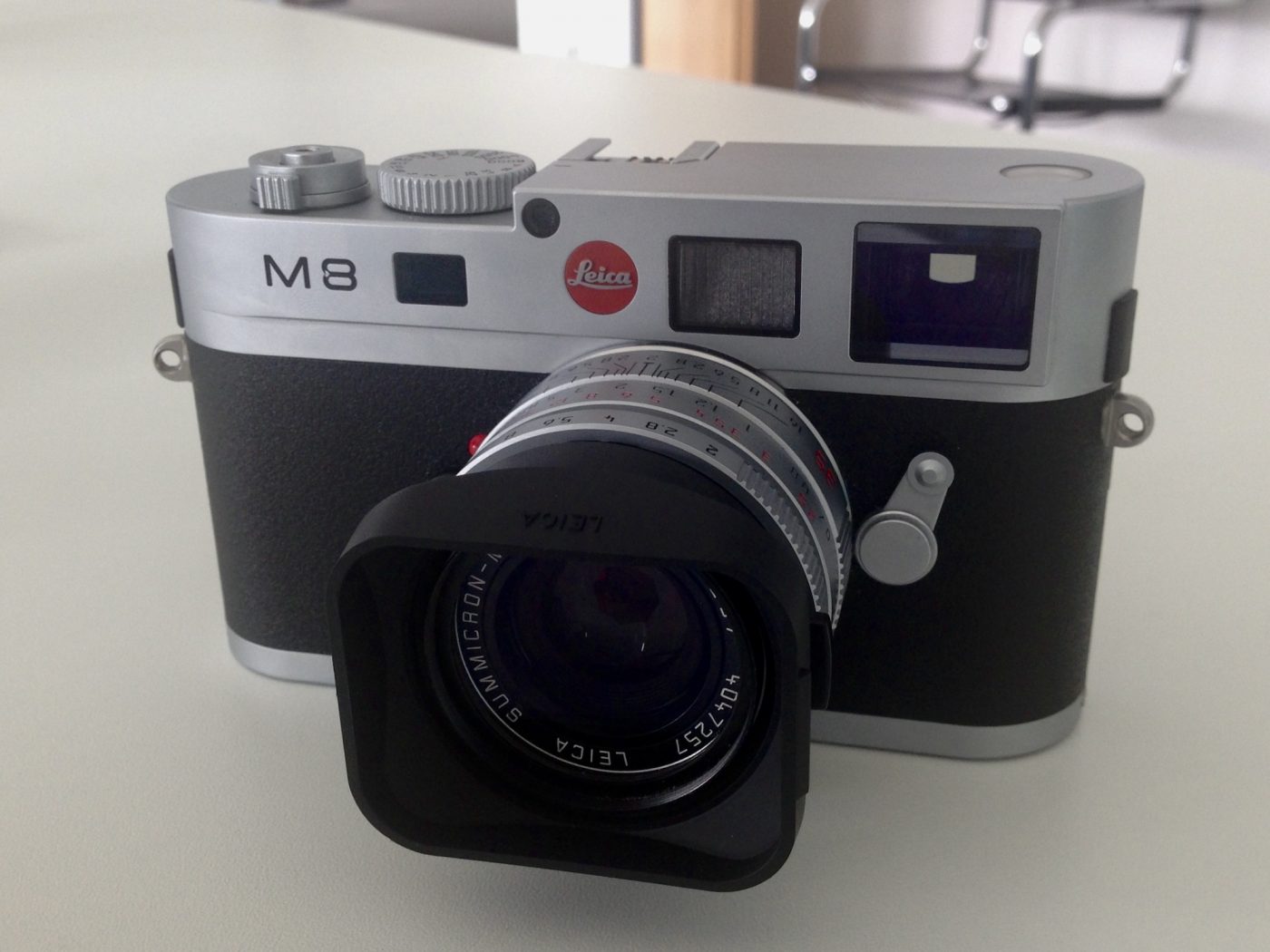
Ever since its introduction in 2006, the Leica M8 had a special place in my heart. It was Leica’s first digital M camera and to me it exemplified a perfect transition from analog to digital photography. The camera provided virtually a similar experience to the analog Leica M7 and its predecessors and this was an amazing achievement in comparison to most manufacturers where first digital cameras lacked substantially in user experience and build quality compared to analog predecessors. Despite issues with image quality, the M8 camera set the bar for subsequent M systems published in its succession, namely the M9 and M (Typ 240). Issues with “faulty sensors” that were particularly sensitive to infrared light even spawn a micro niche of IR photography. What an amazing piece of technology.
Now, almost 7 years after its introduction and with the Leica M (Typ 240) out since about one year, I decided to give it a try myself and opted for a Leica M8 in silver with an additional hand grip and a nice Summicron 35mm/2.0 lens. Although it is quite an investment despite its age, the initial experience of using my first digital Leica M camera was outstanding and almost life changing. It happened to be also my first longer exposure to rangefinder photography that I only tried for few days and often with cameras of lesser quality and user experience. It truly felt like the essence of photography has been minted into M8. In short, I never wanted to go back to any other setup.
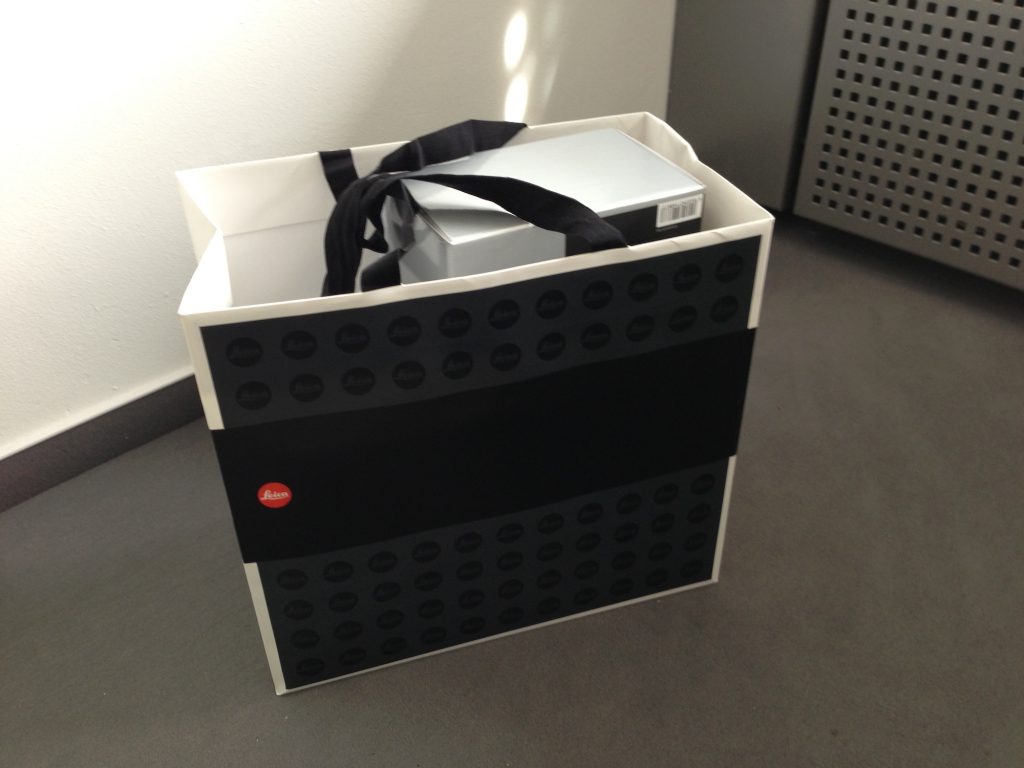
An Everyday Camera
The Leica M8 (and any other Leica M camera of course) is the ultimate daily companion. It is very compact in size and just provides the essence of what I would need from an all manual camera. Thanks to its simplified user interface and iconic design that has barely changed in decades, the camera and Leica M lenses provide easy access to the relevant features of exposure, aperture and to a lesser degree ISO (which is accessible via the camera’s menu). If you can operate one M camera, you can use them all with no learning curve, making the transition from both analog to digital as well as from the M8 to newer models as easy as it can be.
Using the rangefinder is a charm and at least to me feels much more immersive than SLR or DSLR photography. I can compose and frame my shots while seeing what is happening beyond the frame lines, actually being embedded in the scene. Focussing with the focus tap is as simple as one could imagine and thanks to the just recently calibrated rangefinder, it is precise even with wide open aperture.

I especially appreciate how easy zone focussing is with Leica lenses, that have clear focal distance markings on even their latest models. Without even looking through the rangefinder or lifting the camera up, all setting can be adjusted. The camera is always ready to use and allows for super discrete operation. I just have to worry about composing and framing.
The Leica M8 has a mechanical shutter that support up to 1/8000s, which is great for taking photos in daylight with open apertures like 2.0 on my 35mm Summicron lens or 1.4 on some Summilux lenses I used. Without using any ND filter, I was able to reach good results with nice background separation (depth of field / bokeh) despite the lowest ISO setting being 160. The highest ISO level is just 2500, which in fact is not so amazing. Available light photography, which is kind of my favourite, is possible but might result in substantially reduced image quality due to noise.


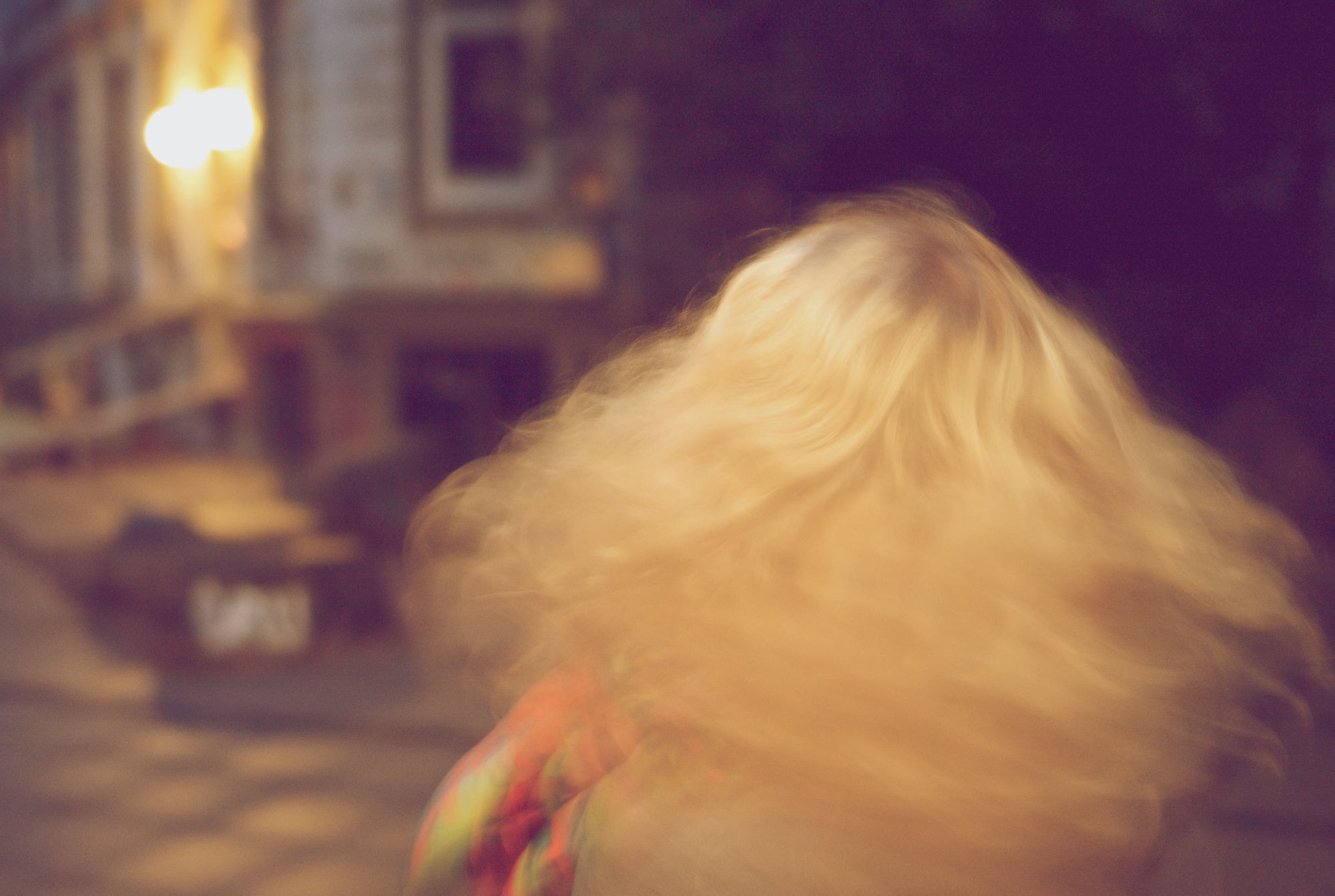
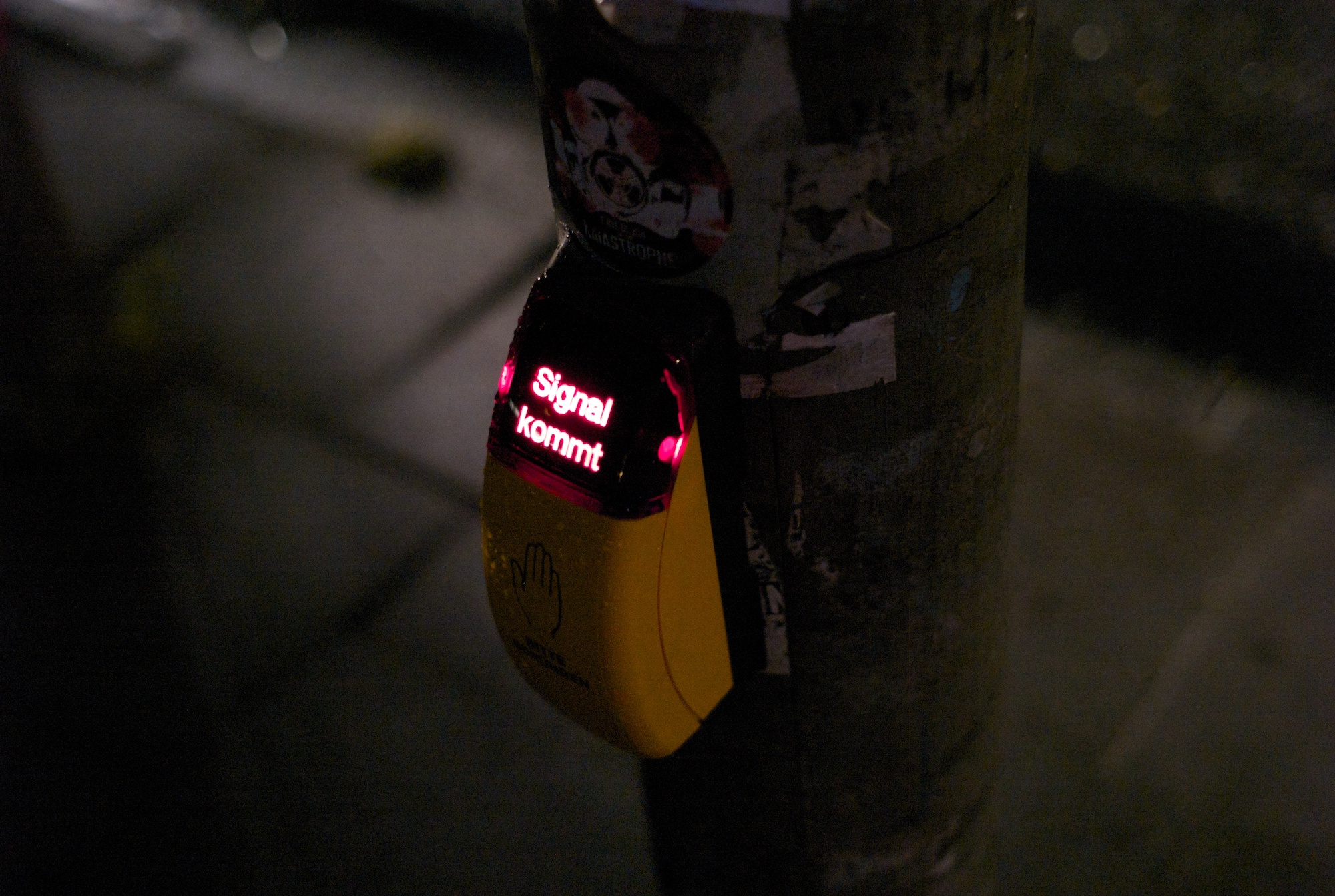
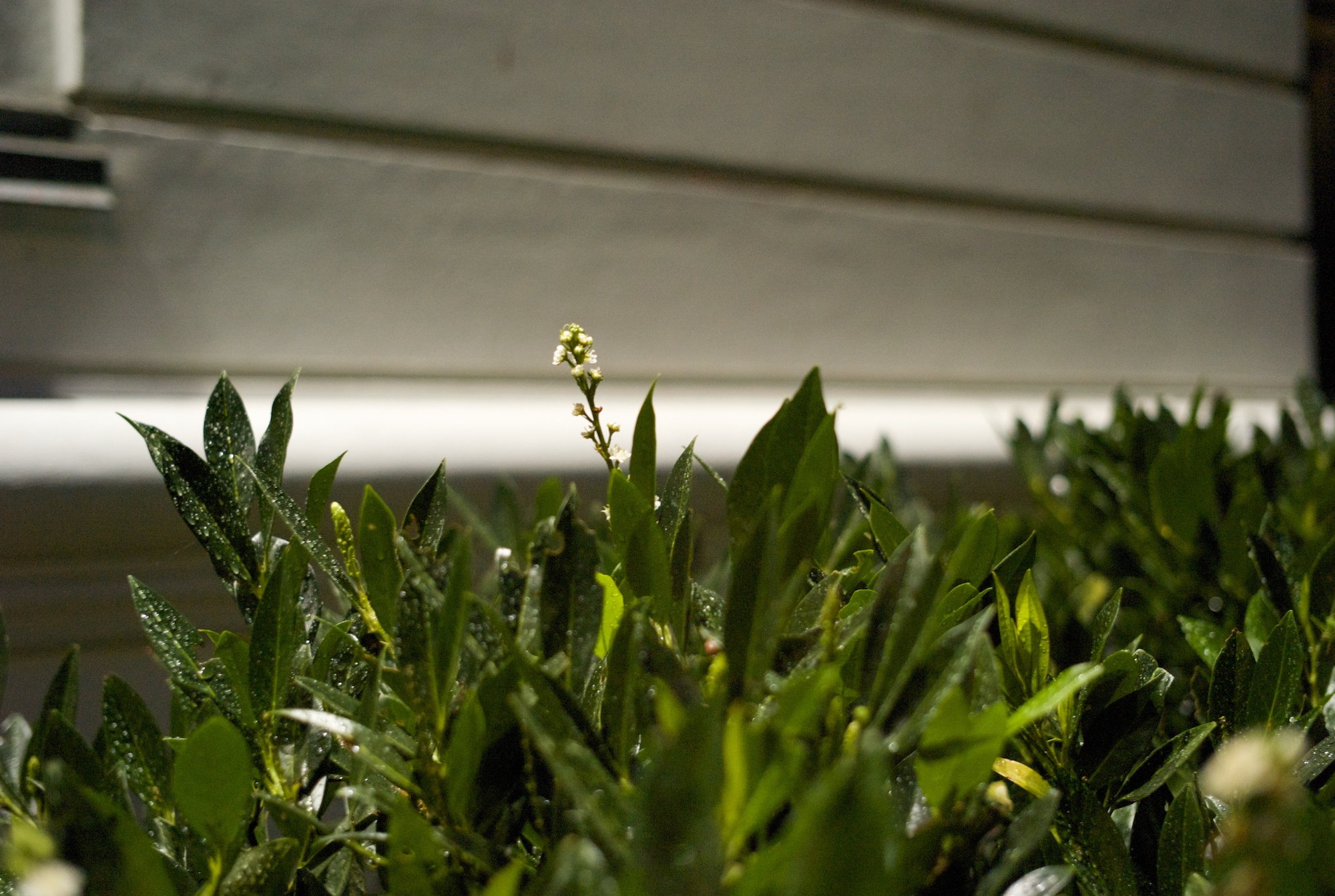
The APS-H Sensor
The Leica M8 comes with an APS-H 10.3-megapixel CCD sensor developed by Kodak. Skipping the discussion wether the move from CCD to CMOS was justified and wether the colours look better on the newer CMOS sensors in the Leica M (Typ 240) when compared to the Leica M9 CCD sensor images, the main issue for me with the APS-H sensor was the crop factor. The M8 crop factor is 1.33, resulting in all focal lengths being multiplied by 1.33. An 28mm lens would result in images that resemble a 35mm lens. In my case, the 35mm/2.0 Summicron lens behaves more like a 47mm lens, so closer to a 50mm lens.
As nice as this may be for those that like 50mm focal length, I prefer 35mm. This would mean, that I have to buy a 24mm or 28mm Summicron or Summilux lens, which are significantly more expensive than the 35mm Summicron or Summilux lenses. Also, they are considerably bulkier and heavier, which is nothing I would like for an easy to carry every day setup. Lastly, since I don’t really like 24mm or 28mm as a focal length, I would invest in lenses that I would no longer use if I ever upgrade to a full frame system like the M9 or M (Typ 240).
So sadly, my first endeavour into the realm of rangefinder photography with the Leica M system had to end with the revelation, that crop sensors are not compatible with my long term lens choices. As Leica lenses are more an investment than a commodity, I should opt for a full frame M system at some point in the future.
Related
3 Comments
Leave a comment Cancel reply
This site uses Akismet to reduce spam. Learn how your comment data is processed.

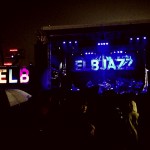
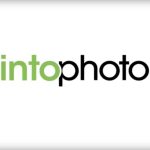
[…] ways with the Leica SL and even though it was an amazing experience, I am heading towards where I have already been and always knew I would end up, the Leica M System. Considering all the effort it took to reach […]
[…] After months of consideration and deep soul searching, the day has finally arrived. Ever since my last endeavour with rangefinder photography, I knew I would return to the Leica M System at some point. Little did I know that it would happen […]
[…] After months of consideration and deep soul searching, the day has finally arrived. Ever since my last endeavour with rangefinder photography, I knew I would return to the Leica M System at some point. Little did I know that it would happen […]